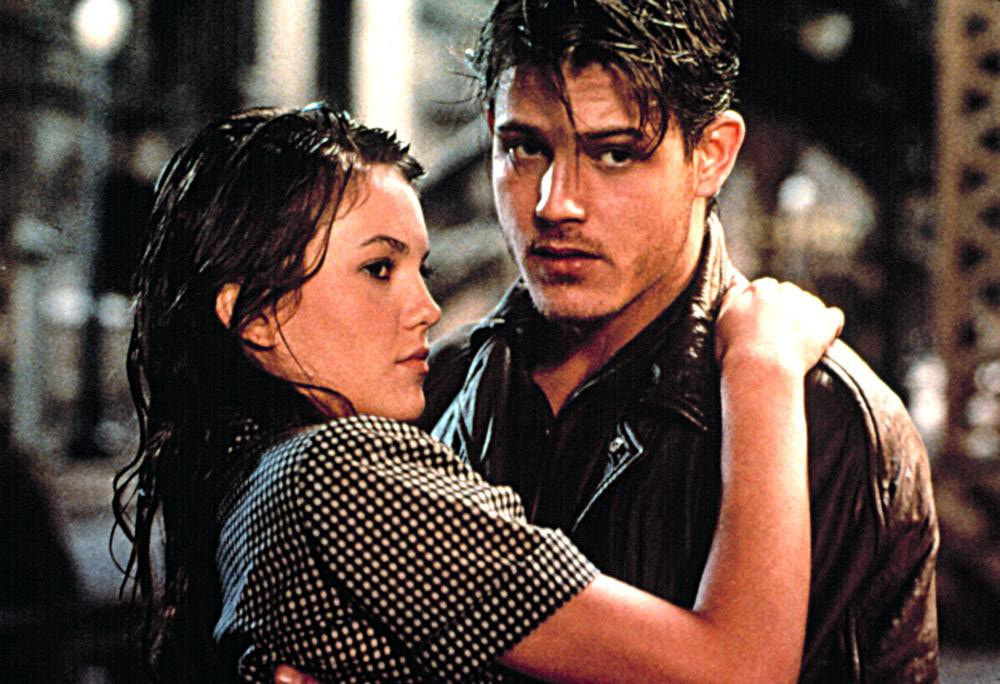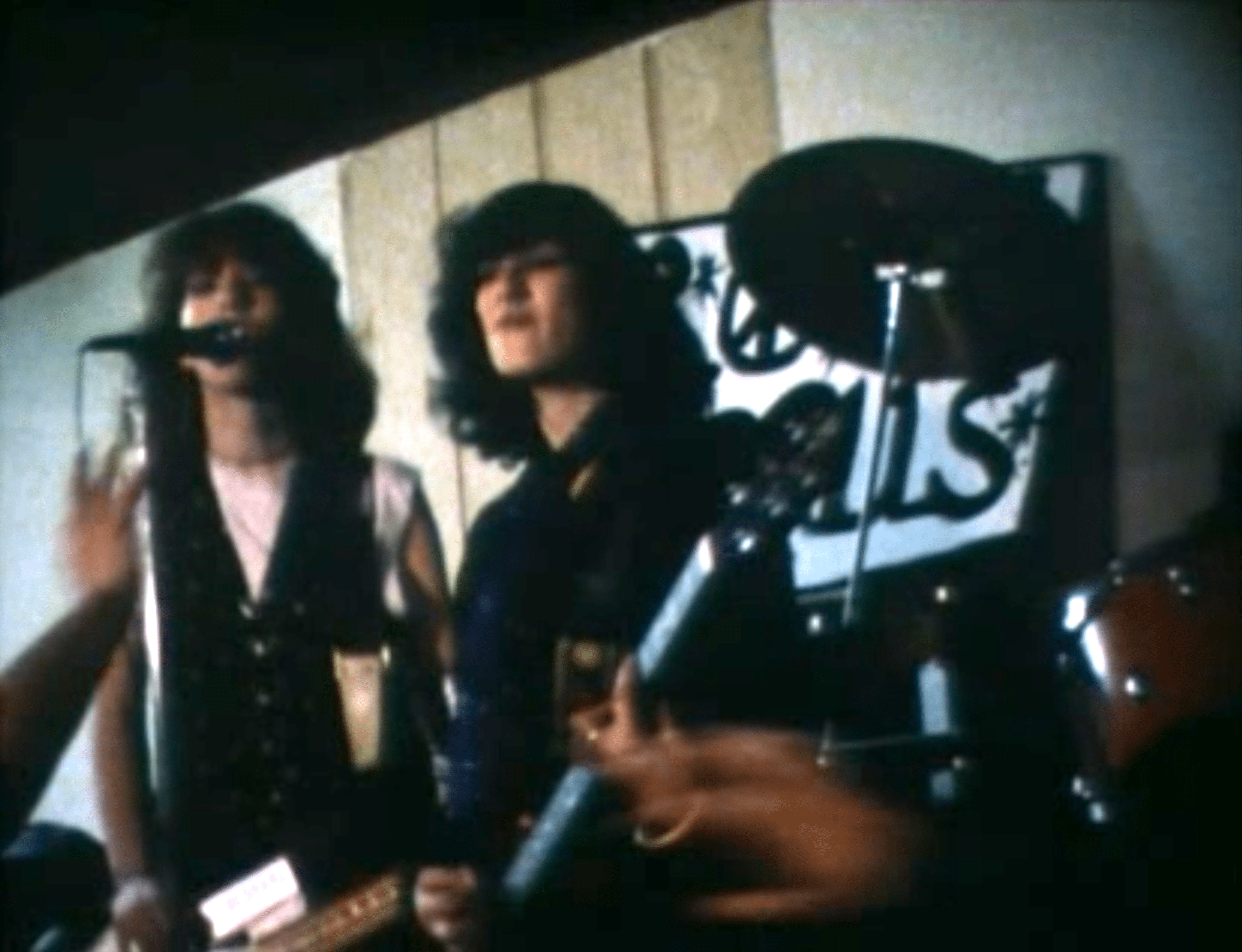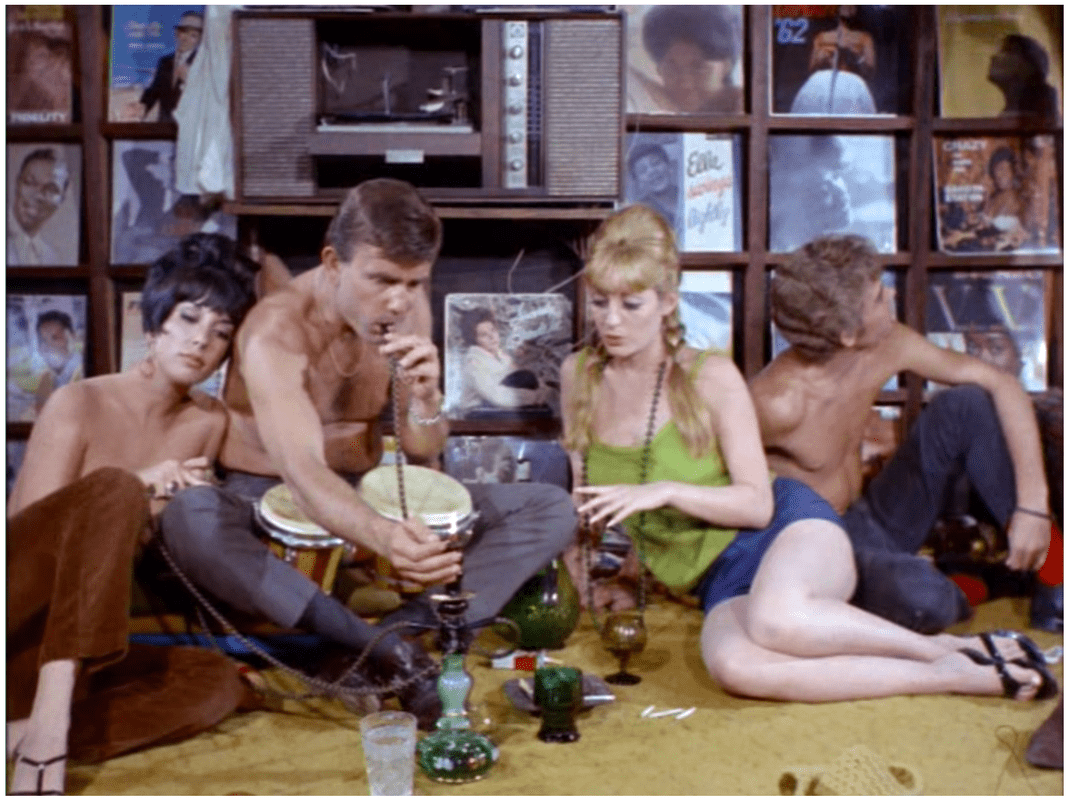
The Mask was made in 1961 the year that Carl Jung died. There are four writers credited for the story that The Mask was based on: Franklin Delessert, Sandy Haver, Frank Taubes, and Slavko Vorkapich. I don’t know if any of them were into Jung’s ideas about the universal unconscious or mythology, but The Mask seems thoroughly steeped in it. The whole film is populated by psychiatrists, and anthropologists none of whom mention Jung’s name but fit squarely within his worldview.
The premise of The Mask is simple enough. An anthropologist finds an ancient mask, puts it on and it causes him to become a homicidal maniac. He eventually kills himself but before he does he manages to send the mask to his psychiatrist Dr. Barnes. Of course, Dr. Barnes tries it on as well. It might have been nice if the anthropologist who sent it to him left a little note mentioning all the murdering and mania.
The mask draws Dr. Barnes into an elaborate hallucination at the end of which he collapses on the floor. When his girlfriend, Pam, awakens him she asks him what happened and this is his reply, “I don’t know. I was examining this mask. I put it on. This mask revealed something I had never seen before, something that must have been in my own mind. If this is true it may be of tremendous importance to the world of psychiatry. Something known 3000 years ago and lost to modern science.” Not the most brilliant dialogue but enough to establish an interesting space to play around in.

The hallucination sequences are the best part, or maybe they are the worst part after watching so many of these wacky movies I get confused. Anyway, the dreams are like ballet numbers. They are filmed on a sound stage filled with a whole lotta fog. People prance around and strike “scary” poses. To be fair some of the cinematography gets pretty creative. Lots of zooming around and deep focus stuff along with theatrical shadows.

There is a lot of clumsy symbolism, skulls, fire, hands, and eyeballs. It’s like a combination of Altered States, Fantasia, and Hellraiser. Altered States shares the Jungian symbolism and surreal dream imagery, and Hellraiser shares the references to the id. Both Hellraiser and The Mask present images of pleasure and pain, sex and violence, addiction and obsession.

When we are not reveling in the dream world of the mask the film is mostly standard melodrama. Pam watches in horror as her lover doctor Barnes descends into madness. Will she be able to save him from the insidious evil of the mask? Will she be able to keep the wily detective from throwing the doctor in jail? The acting is poor and so is the dialogue but the film is ambitious. It's not one of Roger Corman’s cheap grabs for quick drive-in profits. That’s not to say that Julian Roffman, the director, wasn’t above some schlocky gimmicks. The movie had passages that were in 3D. An actor posing as a psychologist introduces the film and instructs the audience that when the characters in the film put on their masks the audience should put on theirs. It’s a clever way to not only draw the audience into the drama visually but to create a sympathy by having the viewers physically mimic the protagonist.

Freud and his student Jung saw themselves as revolutionary scientists that would change the way we understood humanity and to their credit they did. The id, ego, super-ego model fundamentally transformed how we understood the mind but it was not a complete break from the past. Freud dismissed Christianity as an immature fixation on the father figure, but his obsession with the id still resembles the idea that deep down we are all sinners. Even though Freud would be a major force in bringing the romantic era to an end he still had one foot stuck in the past.
The idea that we are gentlemen on the surface but libidinous animals underneath goes back to Schopenhauer and further back to Hobbes. For all of them, humanity was born conflicted, a being full of primitive desires who is forced to sublimate those desires in order to get along with others.
Freudian analysis swept the world and defined psychology for more than half a century. It holds little sway now, but its popularity was not as revolutionary as it might have appeared at the turn of the century. It inspired art movements like the surrealists, and filmmakers like Hitchcock because at its core it still had the familiarity of romanticism. The idea of the conflicted human mind was an easy way to create drama.
The Mask may have been based on outdated psychology but it provides a good example of how both Freudian and Jungian psychology influenced culture and society. If humanity wasn’t worried over the nuclear annihilation it was biting its nails worrying about what lurked in its own subconscious. Either way, we were terrified that we would destroy ourselves.
This all plays into the secondary theme of addiction. The film very clearly sets the mask up as a metaphor for this. Addiction is the ultimate illustration of our rational mind’s inability to control our emotional mind. When battling for control the limbic system usually wins against the prefrontal cortex. Again this reiterates our fear of self-destruction.

Society’s go-to panacea for all this fear and anxiety was supposed to be science but even as far back as the 17th century, there was an unease with this remedy. There is a famous intaglio that Francisco Goya made sometime around the turn of the 16th to the 17th century. It depicts Goya himself asleep at his desk with a cloud of evil-looking bats and demons rising above him (see below). Written on the side of his desk are the words, “El sueño de la razón” or “The Sleep of Reason Produces Monsters” By examining some of his writings it is believed that Goya meant this statement to be ambiguous. The monsters are either a result of reason’s absence because it is asleep, or the monsters are the dream, as in a natural outgrowth or ultimate fruition of reason. This lays the groundwork for Mary Shelly’s Frankenstein which came out only 20 years later. A century after that World War One would be seen as yet another reiteration of the same lesson. Science and reason are double-edged swords that can either save us from war or make war far more deadly. Then at the dawning of the cold war, the towering nuclear intercontinental ballistic missile (the ultimate Jungian phallus) embodied the same tension.

The Mask is one of hundreds of cold war films that cower in the fear not just of nuclear annihilation but of humanity’s irrational tendencies. I suppose if you want to look for a similar dynamic today you could peer into the minds of the antivaxxers. They distrust science and fear humanity. It might be interesting to give one of them a camera and let them make a horror movie called The Vaccine.

If you enjoyed this article you might also enjoy - https://filmofileshideout.com/archives/the-incredible-shrinking-man-is-much-more-than-a-b-movie



